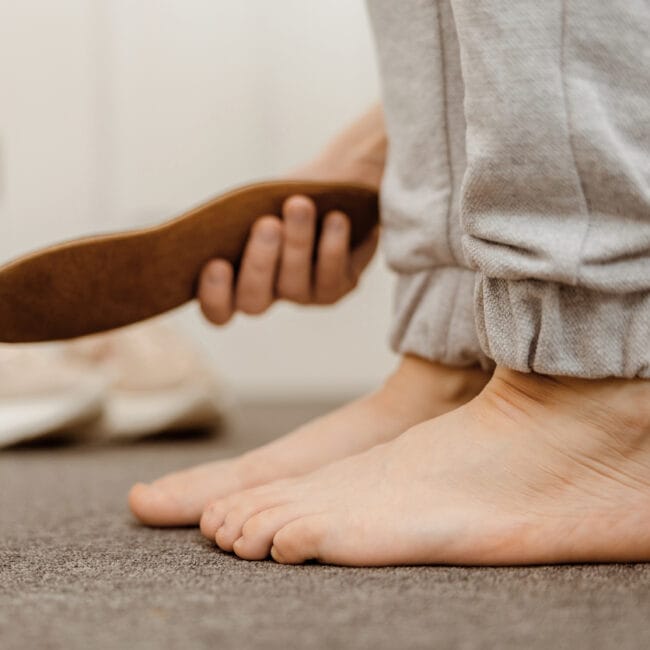
World Asthma Day is an annual campaign that aims to raise awareness about asthma across the world. Beginning in 1998, World Asthma Day is organised by the Global Initiative for Asthma and takes place on the first Tuesday of May each year. This year, it will take place on the 3rd of May.
The root causes of asthma are not fully understood, although genetics and exposure to pollutants & particles are known to play a role. Ireland has the fourth highest prevalence of asthma in the world, with about 7% of adults living with the condition, with that figure rising to almost 20% among 13-18 year olds. Although historically asthma would noticeably impact quality of life and life-expectancy, advances is our understanding and treatment of the condition means that asthmatics can now enjoy the same life as their non-asthmatic counterparts.
When a person suffers an asthma attack, the lining of their bronchial tubes swells up, making it difficult for them to breathe. Many inhalers will use muscle relaxing medication to counteract this effect, and while there is no substitute for medication, physiotherapy can help reduce the severity and frequency of the attacks, as well as the dose required to treat them.
One of the main ways in which a physiotherapist will work with asthmatics is breathing retraining. There are a number of breathing retraining techniques that can be learnt to help prevent and reduce the effects of an asthma attack. Taking fewer, smaller breaths is one example of a popular breathing retraining technique. Although issues and requirements vary from patient to patient, this is a widely applicable technique. The reason for this is that asthma causes the size of the airways to reduce, meaning that there is less free movement of the air. This causes the lungs to hyperinflate, and become increasingly filled with carbon dioxide. Although human instinct may drive us to try and get as much air as we can, it is crucial to clear the lungs first and make room for oxygen.
Timing & rhythm of breathing are also major aspects of breathing retraining. Fewer, more consistent breaths will allow the lungs and air passages to relax more and prevent the situation from deteriorating. Routes of breathing can also be used to make the flow of air smoother. Breathing in through the nose and out the mouth at a slow pace will encourage an efficient, relaxing airflow. These techniques optimise oxygen intake and satisfy the body’s demand for oxygen.
Apart from breathing retraining, physiotherapy can be used to strengthen the body and its ability to breathe in general, thereby reducing the onset of asthma attacks. Many asthmatics will avoid physically exerting activities as they fear it may induce an asthma attack. While this is not a totally unfounded concern, as many activities can bring on such an attack, this reduced physical activity will gradually reduce the body’s breathing ability and worsen the condition. Working closely with a physiotherapist can not only help exercise the body to prevent such deterioration, but also build up the strength of respiratory muscles such as the diaphragm. This is known as respiratory muscle training, and can drastically increase a person’s quality of life, breathing, and physical abilities. Respiratory muscle training can take the form of physical exercises, or the use of a device that makes breathing more difficult.
It is important to remember the importance of working with doctors and continuing to take any prescribed medicine, but working with a physiotherapist can reduce a person’s reliance on that medication as well as the frequency and severity of future attacks.














